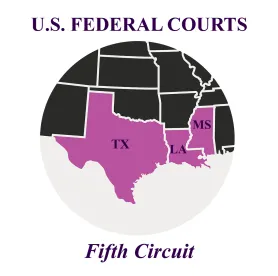This metric is a key part of the Biden Administration’s efforts to address climate change, one of its top environmental priorities. Below is a quick primer on what the “social cost of carbon” is and why the Fifth Circuit permitted the Biden Administration to again use its preferred metric.
What Is the Social Cost of Carbon?
The social cost of carbon is a part of the toolkit that governmental regulators use to calculate the costs and benefits of policy proposals. We discuss the history of the government’s use of cost-and-benefit calculations. The Biden Administration has sought to revive an approach to calculating the social cost of carbon used by the Obama Administration. The metrics were challenged because they incorporated estimates of global effects of carbon emissions, not just national costs, and the process was established without the use of notice-and-comment rulemaking, even though similar metrics are established by executive action.
Procedural Background
After the Biden Administration made clear its approach to calculating the social cost of carbon by issuing an executive order to revert to the Obama-era practice, 10 states challenged the approach in litigation in Louisiana federal court. That court enjoined the Biden Administration from returning to a social cost of carbon metric originating in the Obama Administration on the grounds that the Biden Administration had violated the federal Administrative Procedure Act and improperly decided a “major question” without appropriate Congressional authorization.
The Fifth Circuit’s Decision
The Fifth Circuit stayed the lower court’s injunction on the grounds that the states challenging the social cost of carbon metric lacked standing to sue. In their trial court pleadings, the states estimated that their regulatory burden imposed by the social cost-of-carbon metric could exceed $447 billion, depending on what policies were implemented.
The Fifth Circuit found that the states’ injuries were too hypothetical to permit them to challenge the social cost of carbon now. The doctrine of standing – fundamental to litigation in the environmental space – requires parties to allege “concrete” and “particularized” harm to bring court challenges.
The Fifth Circuit found that the states had not alleged concrete harms. The metrics “on their own do nothing to the . . . States.” “The preliminary injunction halts the President’s directive to agencies in how to make agency decisions before they even they make those decisions.” Plaintiffs’ injuries stem from “forthcoming, speculative, and unknown regulation[s] that may place burdens on them and may result from the consideration” of the social cost of carbon metrics.
What Happens Next
Even though the Fifth Circuit’s decision merely vacates a stay, the court’s determination that plaintiffs lack standing to sue poses a likely insurmountable hurdle to this particular case unless it is overturned on further appeal. This said, given the magnitude of the regulatory burdens the state’s estimate could flow from the social cost of carbon metric, parties could challenge its use when applied to justify individual policies.



 />i
/>i

